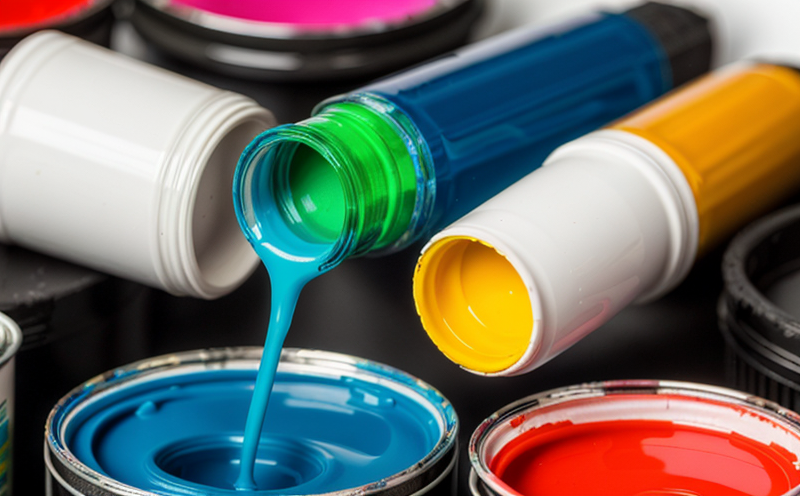ASTM G85 Salt Fog Corrosion Testing of Nano Modified Surfaces
The ASTM G85 standard provides a standardized procedure to evaluate the resistance of materials to salt fog corrosion, which is particularly relevant for coatings and surface treatments used in harsh environments. This service focuses on the testing of nano-modified surfaces, specifically those utilized in paints and coatings, using this method.
Nano additives have gained significant attention due to their potential to enhance performance characteristics such as durability, adhesion, and corrosion resistance. However, these properties are not inherently immune to environmental factors like salt fog exposure. To ensure the effectiveness of nano-modified surfaces in real-world conditions, ASTM G85 provides a reliable framework for assessing the integrity of these coatings.
The test involves exposing specimens under controlled humidity and temperature conditions to a saline environment that simulates atmospheric corrosion. The duration can vary based on specific requirements but typically ranges from 24 hours to several weeks. During this period, the behavior of the nano-modified surface is closely monitored for any signs of degradation or loss of protective properties.
Specimen preparation plays a crucial role in ASTM G85 testing. Specimens must be representative of the final product and undergo appropriate treatment before testing. This includes cleaning, drying, and applying the coating as per the manufacturer's guidelines. The size and shape should allow for consistent exposure to the salt fog without partial coverage or shadowing effects.
Instrumentation used in ASTM G85 includes humidity-controlled chambers capable of generating high levels of relative humidity (95%) with controlled temperature settings between 35°C and 40°C. Salt solutions are typically made from sodium chloride (NaCl) dissolved in distilled water to achieve a concentration of approximately 5% by mass.
Following the test, evaluation criteria include visual inspection for any signs of rust or other forms of corrosion, measurement of weight loss, and comparison with control samples not treated with nano additives. The ASTM G85 standard also specifies acceptance criteria based on these parameters to determine whether a material passes or fails the test.
Understanding the behavior of nano-modified surfaces under salt fog conditions is vital for several reasons. It helps in optimizing formulation processes, ensuring product reliability, and meeting regulatory requirements related to durability and performance. By leveraging ASTM G85 testing, manufacturers can gain insights into how their innovations perform against real-world challenges.
For quality managers and compliance officers, this service offers critical data points that inform decision-making processes regarding new product development and market entry strategies. R&D engineers benefit from detailed feedback on material properties, guiding further refinements in nano additive technologies. Procurement teams can use the results to assess supplier capabilities accurately.
| Industry Applications | Description |
|---|---|
| Paint and coatings industry | Evaluating the corrosion resistance of nano-modified surfaces applied in automotive, marine, and aviation sectors. |
| Metal finishing sector | Assessing protective coating effectiveness on metallic substrates used in outdoor applications. |
| Construction materials market | Determining the durability of coatings utilized in infrastructure projects exposed to coastal environments. |
Benefits
- Evidence-based validation of product performance under extreme conditions.
- Identification and correction of potential weaknesses early in the development cycle.
- Enhanced confidence in product reliability, leading to improved customer satisfaction.
- Potential for regulatory compliance, easing market entry processes.
Industry Applications
| Industry | Description |
|---|---|
| Paint and coatings industry | Evaluating the corrosion resistance of nano-modified surfaces applied in automotive, marine, and aviation sectors. |
| Metal finishing sector | Assessing protective coating effectiveness on metallic substrates used in outdoor applications. |
| Construction materials market | Determining the durability of coatings utilized in infrastructure projects exposed to coastal environments. |
Customer Impact and Satisfaction
- Enhanced product reliability, leading to increased customer trust and loyalty.
- Faster market entry due to compliance with regulatory standards.
- Improved decision-making processes through scientifically validated test results.
- Better informed procurement strategies resulting in higher-quality suppliers.





